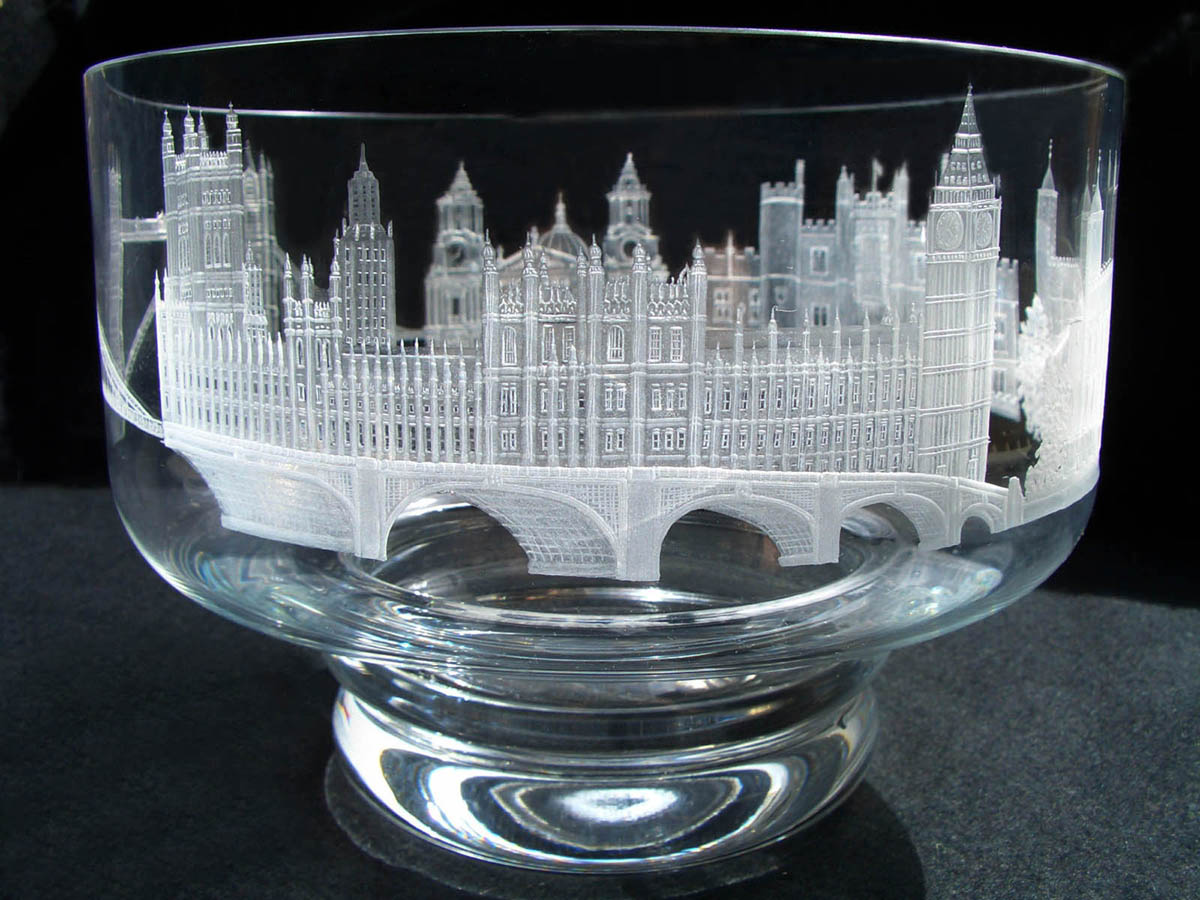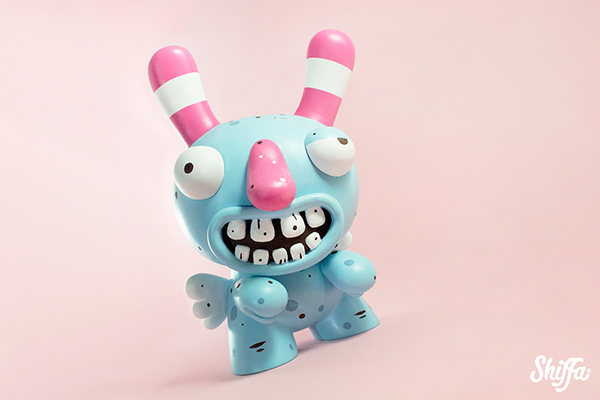A material of defined thickness and weight made from one or more layers of fibrous cellulose material to form a rigid or semi-rigid construction.
Cartridge paper
Paper made from chemical woodpulp having good strength and a rough surface.
Duplex board
A multi ply construction of a board made predominately from mechanical pulp but with a bleached chemical pulp liner.
Is paper biodegradable?
Wood-fiber based paper is made with cellulose derived from the plant’s structural material. Just as a log will rot if left to the effects of nature, paper made from woody material will likewise degrade. All will biodegrade. If the paper contains any human made plastic fibers, it will be resistant to biodegradation because soil organisms are unable to break down the stronger chemical bonds present in synthetic materials.
Coated paper
Coating is a process by which paper or board is coated with an agent to improve brightness or printing properties. By applying PCC, china clay, pigment or adhesive the coating fills the miniscule pits between the fibres in the base paper, giving it a smooth, flat surface which can improve the opacity, lustre and colour-absorption ability. Various blades and rollers ensure the uniform application of the coating.
Different levels of coating are used according to the paper properties that are required. They are divided into light coated, medium coated, high coated, and art papers - art paper is used for the high quality reproduction of artwork in brochures and art books.
Not all paper is coated. Uncoated paper is typically used for letterheads, copy paper, or printing paper. Most types of uncoated paper are surface sized to improve their strength. Such paper is used in stationary and lower quality leaflets and brochures.
Laid paper:
Laid paper is a type of paper having a ribbed texture imparted by the manufacturing process. In the pre-mechanical period of European paper making (from the 12th century into the 19th century), laid paper was the predominant kind of paper produced. Its use, however, diminished in the 19th century, when it was largely supplanted by wove paper. Laid paper is still commonly used by artists as a support for charcoal drawings.
Unlike glossy paper, matte paper produces nice quality prints but does not have that vibrant color finish. Matte paper is not vulnerable to being marred by fingerprints and it produces a non-glare photo. Types of matte inkjet paper include photo quality matte, premium (professional) grade, double-sided matte, and semi-matte.
Gloss paper
Glossy photo quality paper is designed to make printed photos look sharp, vibrant and more like a traditional photograph. Handling of glossy paper is important as the paper can quickly and easily be marred by fingerprints and dirt. Glossy photo paper comes in several varieties including a specialty color protect or color life paper, semi-gloss and premium (professional) grade.
PCW paper (Post-consumer waste paper):
Post-consumer waste is a waste type produced by the end consumer of a material stream; that is, where the waste-producing use did not involve the production of another product.
Quite commonly, it is simply the garbage that individuals routinely discard, either in a waste receptacle or a dump, or by littering, incinerating, pouring down the drain, or washing into the gutter.
Post-consumer waste is distinguished from pre-consumer waste, which is the reintroduction of manufacturing scrap (such as trimmings from paper production, defective aluminum cans, etc.) back into the manufacturing process. Pre-consumer waste is commonly used in manufacturing industries, and is often not considered recycling in the traditional sense.
Glass:
Glass allows for a lot of different uses such as engraving and shaping It's very versatile and great for packaging.
Frosted glass:
Frosted glass is produced by the sandblasting or acid etching of clear sheet glass. It has the effect of rendering the glass translucent by scattering of light during transmission, thus blurring images while still transmitting light.
Foil bag:
Aluminum:
Wood:
Rubber:
Vinyl:






No comments:
Post a Comment